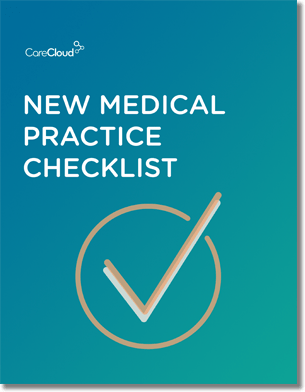Between 20% and 50% — by some estimates, that’s the percentage of waste from inefficiency in the U.S. healthcare system. Put in dollars, the Institute of Medicine estimates $765 billion (that’s with a B) or 31% of the $2.5 trillion U.S. health spending can be attributed to “excessive costs.”1
That’s a major problem. Duplicate, inefficient and costly care may not surprise anyone who’s been a patient and had the same tests repeated over and over by different providers.
So what’s a solution?
The technology could remove a lot of the inefficiency and waste in the system, industry experts said at the University of Miami LIFE 2015 Panel on Innovation Technology.
Essentially, the need is great, and the time is right, to use technology to:
* Decrease redundant care
* Improve transitions of care
* Advance provider-provider and provider-patient communication
Waste Removal
“There’s a lot of talk about how payment reform and tort reform and care delivery reform can help extract a lot of that waste out of the system,” said Albert Santalo, Founder and Chairman of CareCloud. “I’m a big believer that technological reform is the way that needs to happen.”
“If you can connect healthcare in a better way than paper, phone and fax – which is much of the way it’s connected today – you can share medical records, you can share administrative records, you can share information, and you can collaborate in a human way.”
“That’s a big way we see for waste to be taken out of the system,” Mr. Santalo said.
Clinical Information in Real-Time
“You heard the comment from Albert about collecting information on paper? That’s absolutely true,” said Brian Lawrence, Chief Technology Officer at Hill-Rom Holdings, Inc., maker of hospital ‘smart beds.’ One result is important patient information like vital signs do not get entered into the computer until hours later. “It’s time-stamped, but until that data is in the computer system we can’t do anything with it. We can’t use it for diagnosis, we can’t use it to make decisions, or to help the patient.”
“The future will be different by how we manage the data around the patient, in real-time … to make clinical decisions,” Mr. Lawrence said.
Redundancy Is Also Costly
Repetitive care not only takes more time, but it’s inefficient when patients see multiple providers using different data systems. “There is a lot of redundant data capture, very little data sharing, and when it’s shared — it’s very inefficient,” Mr. Santalo said. “All those things contribute to cost.”
“Doctors, partially because of the legal system in this country, don’t want to make mistakes. So they run a battery of very expensive tests,” he continued. “When they don’t share that information, the next doctor tends to do the same thing.”

Do you know what you need when setting up a new medical practice?



